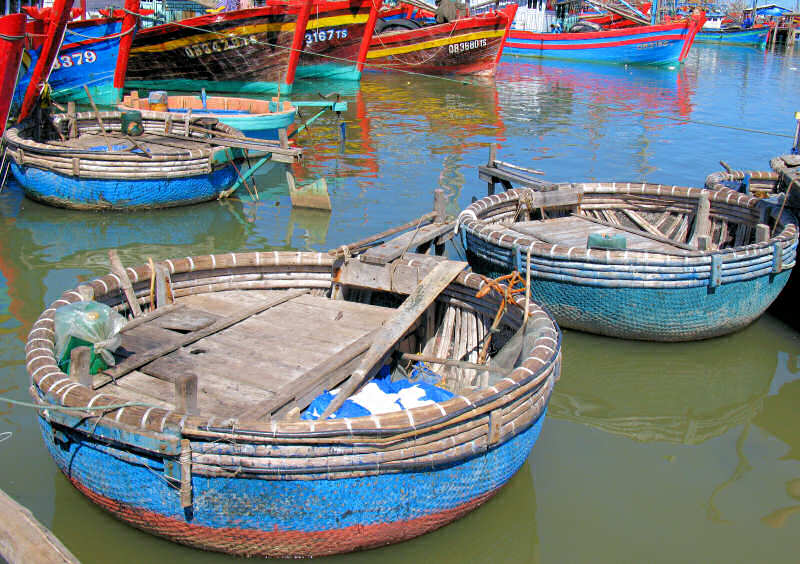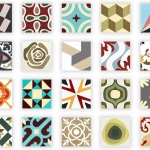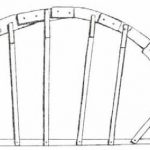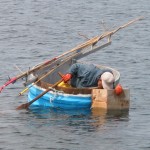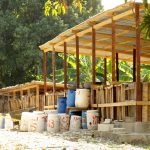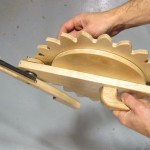“Science has enjoyed broad public support as a foundation for technology. But as science increasingly tells us what we can’t expect to do in a world of diminished resources and compromised environment—rather than only opening up new possibilities—we’ll see how popular science remains.” Read more: The future needs an attitude adjustment.
Locally Farmed Clothing: The Fibershed Project
“In 1965, 95% of the clothing in a typical American’s closet was made in America. Today less than 5% of our clothes are made here. Unfortunately, this huge movement of the industry was not prompted by a desire for higher standards of production, economic equity for laborers, or tight environmental regulation. It was done to circumvent the policies, unions, and costs associated with doing business on shore. We have off-shored the effects of our consumption, which has led to a great disconnect of the actual environmental and social costs of our clothing.”
“A bioregional supply chain known as a Fibershed aims to bring a thriving local alternative to conventional textile manufacturing systems and to support communities in reviving, sustaining, and networking their raw material base with skilled design and artisanal textile talent.”
“The Fibershed project began in 2010 with a one-year challenge to create an experimental wardrobe from fibers, dye plants, and local labor all sourced from within 150 miles of the project headquarters. As the wardrobe was constructed over the one-year period, so, too, was the network of artisans and farmers responsible for its creation.”
“The garments were primarily hand-constructed. The rural region proved to be rich in raw materials: word-class alpaca, the finest merino wools, color-grown cottons, and the softest angora. The design talent from the urban sector was abundant in skills, experience, and passion. Many of the essential elements necessary to engage a bioregional supply were in place: the animals, plants and people. However, the necessary machinery to produce conventional clothing was nowhere to be found. The group relied on time-honored skills that artisans throughout time have relied upon to make cloth: spinning wheels, knitting needles, and floor looms.”
“We at Fibershed hope our model can serve as a guide for other communities interested in increasing their resiliency and self-sufficiency. We also hope it offers inspiration that sustainable, local solutions for almost any product or service can be successfully developed by those willing to dream big and put in the sweat work to make it a reality.”
Read more: Fibershed – local fibers, local dyes, local labor. Via Energy Bulletin.
The Greenest Building Is The One Already Standing
“Until now, little has been known about the climate change reductions that might be offered by reusing and retrofitting existing buildings rather than demolishing and replacing them with new construction. This groundbreaking study concludes that building reuse almost always offers environmental savings over demolition and new construction. Moreover, it can take between 10 and 80 years for a new, energy-efficient building to overcome, through more efficient operations, the negative climate change impacts that were created during the construction process.” Read more.
Saving Food From The Fridge
Korean artist Jihyun Ryou, a graduate of the Dutch Design Academy Eindhoven, translates traditional knowledge on food storage into contemporary design. She found the inspiration for her wall-mounted storage units while listening to the advice of her grandmother, a former apple grower, and other elderly. Her mission: storing food outside the refrigerator.
People Are Knowledge: The Oral Citations Project
“The Oral Citations Project is a strategic research project funded by a Wikimedia Foundation grant to help overcome a lack of published material in emerging languages on Wikipedia. The idea behind the project is a simple one. Wikipedia privileges printed knowledge (books, journals, magazines, newspapers and more) as authentic sources of citable material. This is understandably so, for a lot of time and care goes into producing this kind of printed material, and restricting citation sources makes the enterprise workable. But books – and printed words generally – are closely correlated to rich economies: Europe, North America, and a small section of Asia.”
“In India and South Africa, for instance, (to take just two countries in the rest of the world), the number of books produced per year is nowhere close to, say, the number of books produced in the UK. What this means for indigenous language Wikipedias from India and South Africa is that there is very little citable, printed material to rely on in those languages; in turn, it means that it is very difficult for any of those languages to grow on Wikipedia. (There is a related problem: writing this local knowledge on English Wikipedia is a task similarly hampered by a lack of good printed sources).”
“As a result of this disparity, everyday, common knowledge – things that are known, observed and performed by millions of people – cannot enter Wikipedia as units of fact because they haven’t been written down in a reliably published source.This means that not only do small-language Wikipedias in countries like India and South Africa lose out on opportunities for growth, so also does the Wikimedia movement as a whole lose out on the potential expansion of scope in every language.”
Description of the project, audio files, movie and links to news articles can all be found on this page. Via Appropedia.
The Wooden Work Boats of Indochina
“The wooden work boats of Vietnam, Cambodia and Laos (French Indochina) have a long and fascinating history of sail and trade in South East Asia and beyond. Today, the sails are nearly all gone but the boats and their builders survived by adapting the traditional sailboat hulls for motoring. Our goal is to document the building, design and uses of as many traditional and unique wooden work boats of Southeast Asia as possible before the master craftsmen who build them are gone.”
Great pictures at Boats and Rice. Via Duckworks Magazine. Previously: The Junk Blue Book. More boats.

